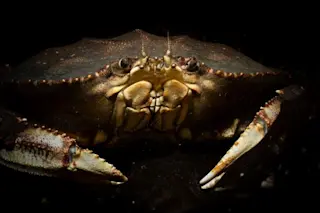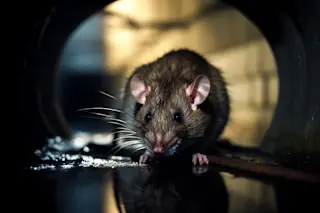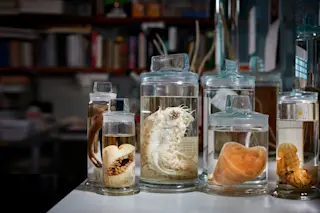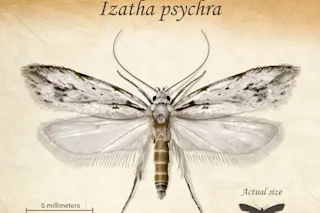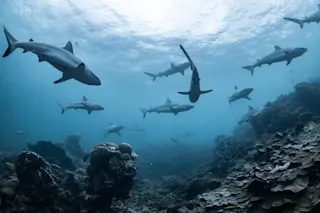Three pods of killer whales in the Pacific Northwest have now earned the unfortunate title of being the most contaminated wildlife on Earth, according to a new study. These killer whales, known as southern residents, live in the coastal waters near the U.S.-Canadian border and survive almost exclusively on contaminated Chinook salmon. The salmon contain high levels of polychlorinated biphenols (PCBs) and other industrial chemicals, which accumulate in even higher levels in the killer whales. Researcher Peter Rosssays whales are particularly sensitive because they eat massive amounts of fish over a long life – killer whales can live for 80 or 90 years – creating a massive buildup of toxins. That means the whales, particularly the southern resident population, have become some of the most contaminated marine mammals in the world [AP].
Researchers estimate that the southern resident killer whales carry 6.6 times more PCBs than a different group of ...



